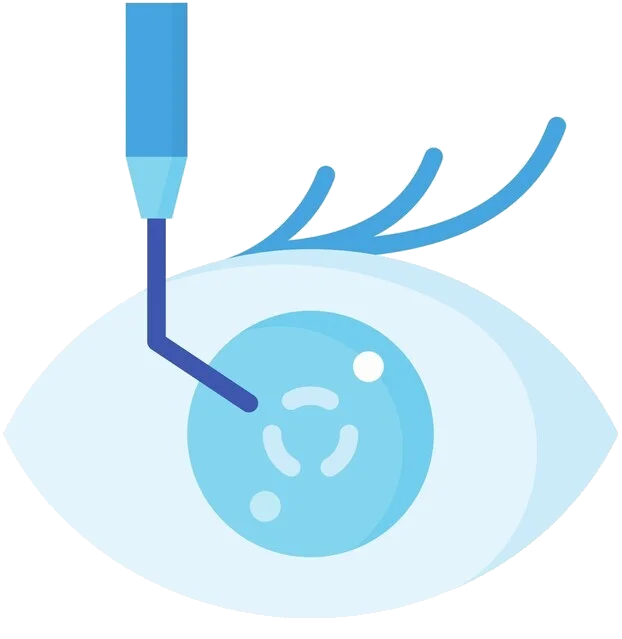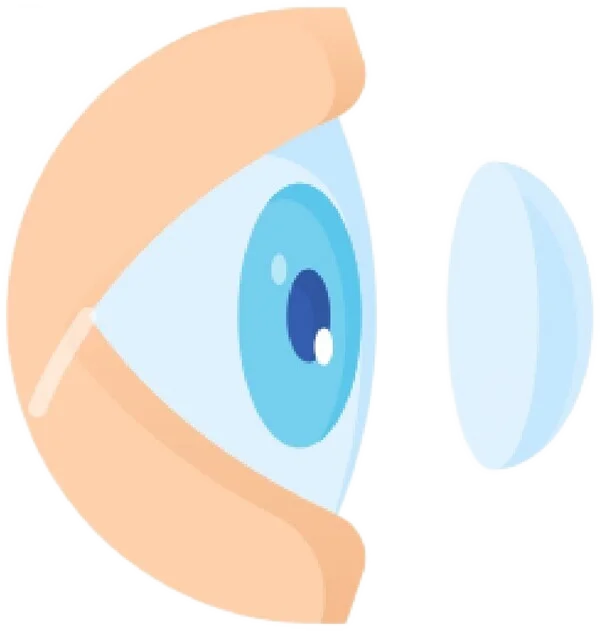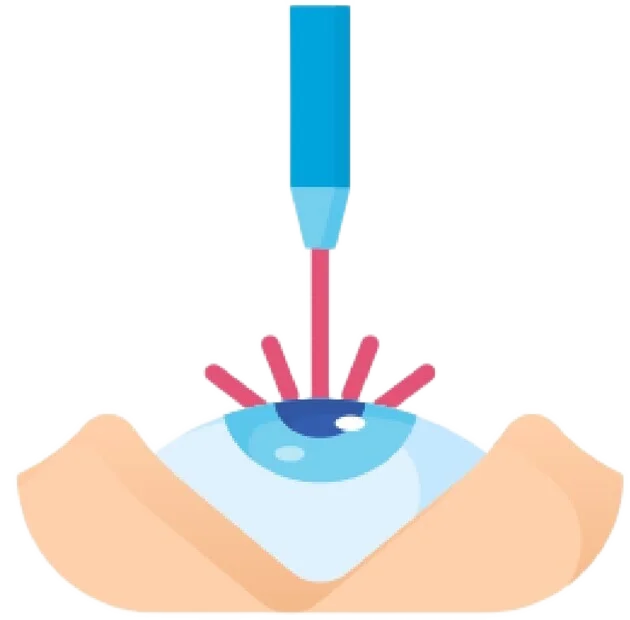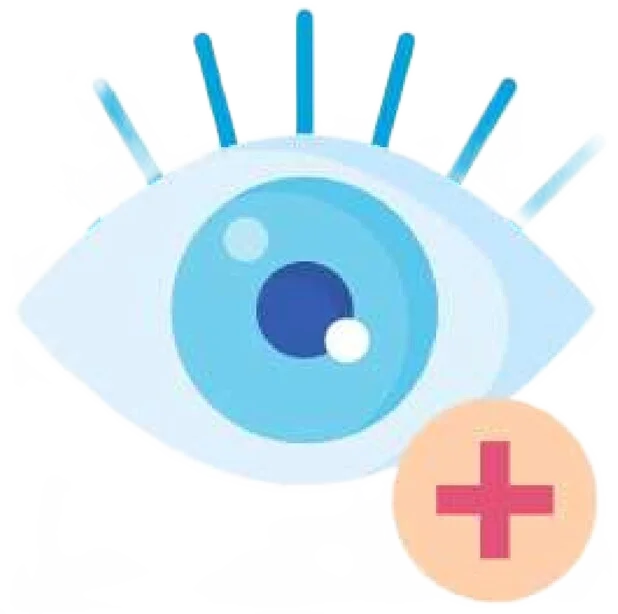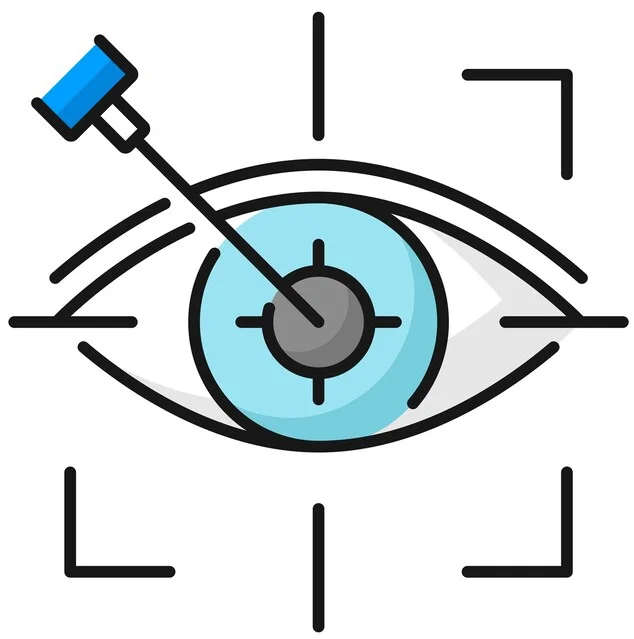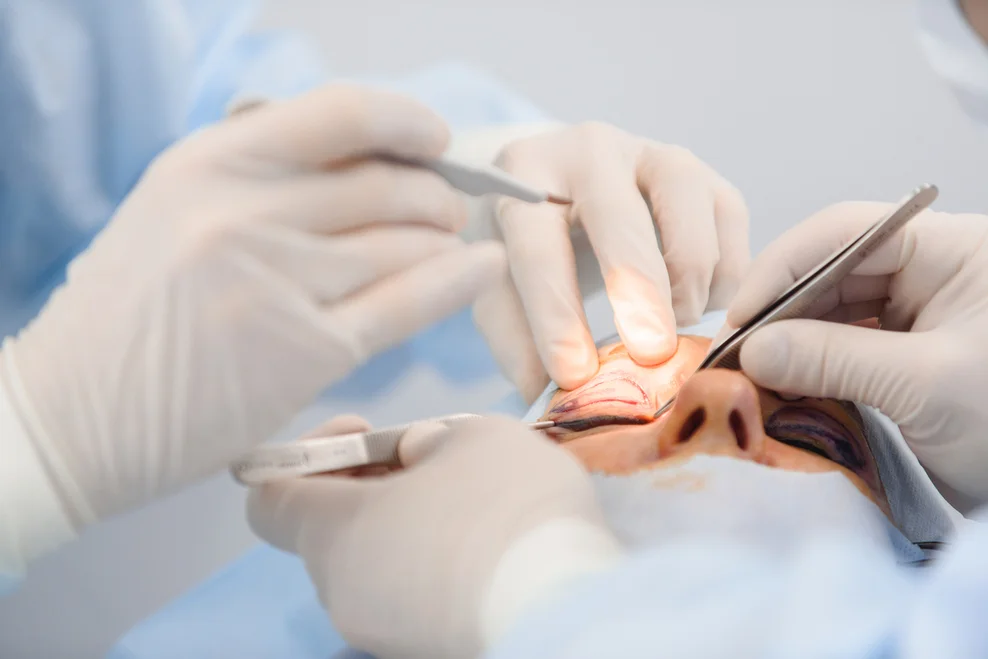
Introduction
What Is Ectropion?
Ectropion is a condition where the lower eyelid turns outward, away from the surface of the eye, exposing the inner eyelid. This outward turning prevents the eyelid from closing fully, leading to dryness, irritation, and discomfort. The exposed inner lid becomes vulnerable to environmental elements, increasing the risk of inflammation and tearing.
This condition is most common in older adults due to weakening eyelid muscles, but it can also result from facial paralysis, previous surgery, or scarring. While mild cases may cause minor discomfort, more advanced cases can lead to persistent irritation, eye infections, or damage to the cornea if left untreated.
Although lubricating drops can offer temporary relief, long-term correction usually requires a simple outpatient surgical procedure to tighten or reposition the eyelid. With timely intervention, ectropion can be effectively corrected, restoring both function and comfort.
Causes and Risk Factors of Ectropion
What Causes Ectropion?
Ectropion is primarily caused by weakening of the muscles and tissues around the lower eyelid, leading to the lid sagging or turning outward. While ageing is the most common cause, other factors can also contribute.
Key causes and risk factors include:
Ageing
Tissue laxity and muscle weakening with age are the leading causes of ectropion, particularly in adults over 60.
Facial nerve paralysis
Conditions like Bell’s palsy can weaken the muscles that support eyelid position.
Previous eye surgery or trauma
Scarring from surgery, burns, or injury can cause the eyelid to retract or turn outward.
Skin conditions or infections
Chronic dermatitis, eyelid growths, or infections can lead to tissue changes and eventual ectropion.
Congenital ectropion
Rarely, babies are born with ectropion due to underdeveloped eyelid structures.
Scarring and contracture
Burns, previous radiation therapy, or chronic inflammation can cause the skin to tighten and pull the eyelid outward.
Tumours or growths
Masses near the eye or eyelid can alter normal eyelid positioning.
Identifying the underlying cause of ectropion is key to determining the best treatment approach — especially in cases involving scarring or facial paralysis.
Types of Ectropion
The Different Types of Ectropion
Involutional Ectropion
Description:
The most common type, caused by natural aging and weakening of the eyelid muscles and tissues, leading to outward turning of the lower eyelid.Who it affects:
Typically affects older adults, usually over age 60.Speed of progression:
Develops gradually over time and may worsen slowly.
Cicatricial Ectropion
Description:
Results from scarring or contraction of the skin or eyelid tissues due to injury, surgery, burns, or chronic inflammation. The scar tissue pulls the eyelid outward.Who it affects:
Individuals with prior eyelid trauma, burns, or surgical scars.Speed of progression:
Can develop suddenly or gradually, depending on the cause and severity of scarring.
Paralytic Ectropion
Description:
Occurs when the facial nerve (which controls eyelid muscles) is damaged or paralyzed, causing loss of muscle tone and outward eyelid sagging.Who it affects:
People with facial nerve palsy due to stroke, Bell’s palsy, or trauma.Speed of progression:
Can appear suddenly following nerve injury or paralysis.
Mechanical Ectropion
Description:
Caused by a mass or tumour pulling the eyelid outward mechanically.Who it affects:
Patients with eyelid tumours, cysts, or other growths.Speed of progression:
Depends on growth rate of the underlying mass.
Early Signs & Symptoms
Common Symptoms of Ectropion
Recognising the early signs of ectropion can help prevent irritation and complications. Symptoms may develop gradually and often affect the lower eyelid.
- Visible eyelid turning outward
The lower eyelid appears to pull away from the eye surface, exposing the inner eyelid. - Redness and irritation
The exposed inner eyelid becomes inflamed, causing redness and discomfort. - Excessive tearing (epiphora)
Tears may overflow due to improper eyelid closure, leading to watery eyes. - Dryness and crusting
Inadequate eyelid contact causes dryness, irritation, and crusty eyelid margins. - Eye discomfort or burning sensation
Irritation from exposure may cause persistent burning or soreness. - Sensitivity to light and foreign bodies
Patients may feel discomfort in bright light or a gritty sensation as dust easily irritates the exposed eye surface. - Increased blinking or eye rubbing
A reflex response to discomfort and dryness.
Diagnosis and Treatment of Ectropion
Ectropion is diagnosed through a thorough eye examination where the doctor observes the eyelid position and assesses any irritation or damage to the eye surface. Treatment often starts with managing symptoms using lubricating eye drops or ointments to protect the exposed eye. In most cases, surgery is recommended to correct the eyelid position and prevent further complications. Surgical repair is usually performed under local anaesthesia as an outpatient procedure, with excellent success in restoring eyelid function.
Why Timely Diagnosis Matters
Ectropion Can Cause Serious Eye Problems if Left Untreated
Though ectropion primarily affects eyelid position, delayed diagnosis and treatment can lead to chronic eye irritation, dryness, infection, and even damage to the cornea. Early detection and management help protect eye health and preserve vision.
Prompt diagnosis ensures your ophthalmologist can:
- Assess the severity and cause of eyelid malposition
- Prevent complications such as chronic irritation, infection, or corneal damage
- Recommend appropriate lubricants or protective measures
- Plan timely surgical correction if needed
- Provide ongoing care to maintain eyelid function and eye comfort
Early intervention improves outcomes and prevents long-term vision issues caused by eyelid dysfunction.
Continue Learning About Cataracts
Other Eye Conditions
The eyes are the most complex sensory organ in our bodies. The eyes provide vision by recording images of our surroundings that the brain will interpret. Although the eye measures only about an inch...
Worried About Your Vision?
Schedule a consultation with Mr. Mo Majid to evaluate your eye health.
Quick Answers About Ectropion
Can ectropion go away on its own?
Mild cases may improve temporarily with lubricating drops, but ectropion typically does not resolve without treatment. Surgery is often needed for long-term correction.
How is ectropion treated?
Treatment depends on severity. Lubricating eye drops can relieve symptoms short-term, but surgery is usually recommended to correct the eyelid position.
Is ectropion surgery painful?
Ectropion repair is usually done under local anaesthesia and is not painful. Most patients go home the same day and recover within a few weeks.


